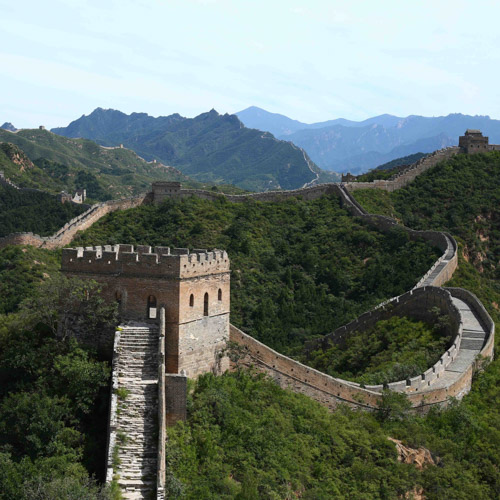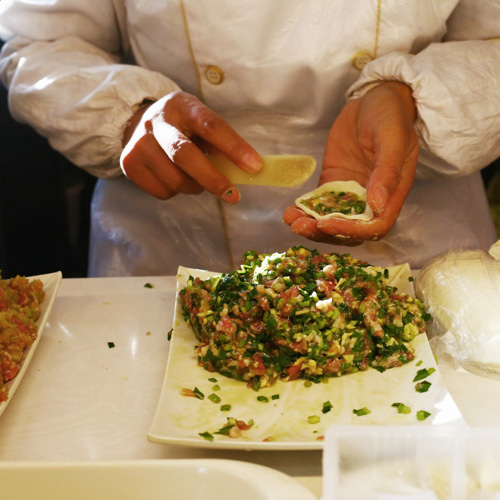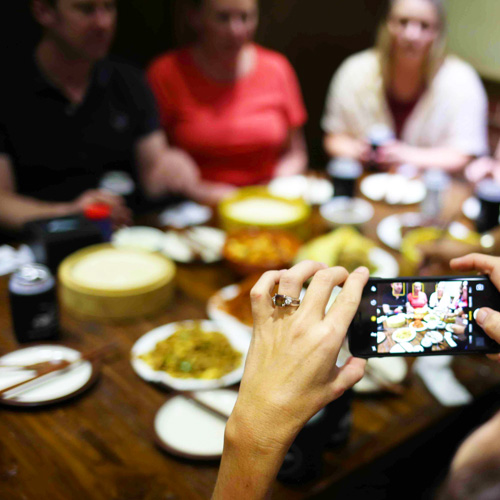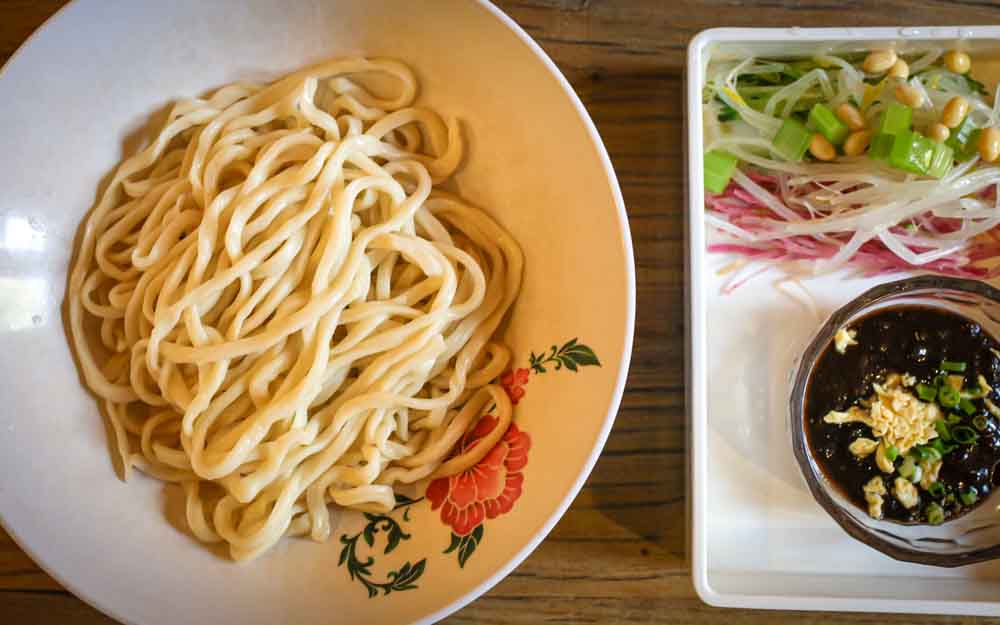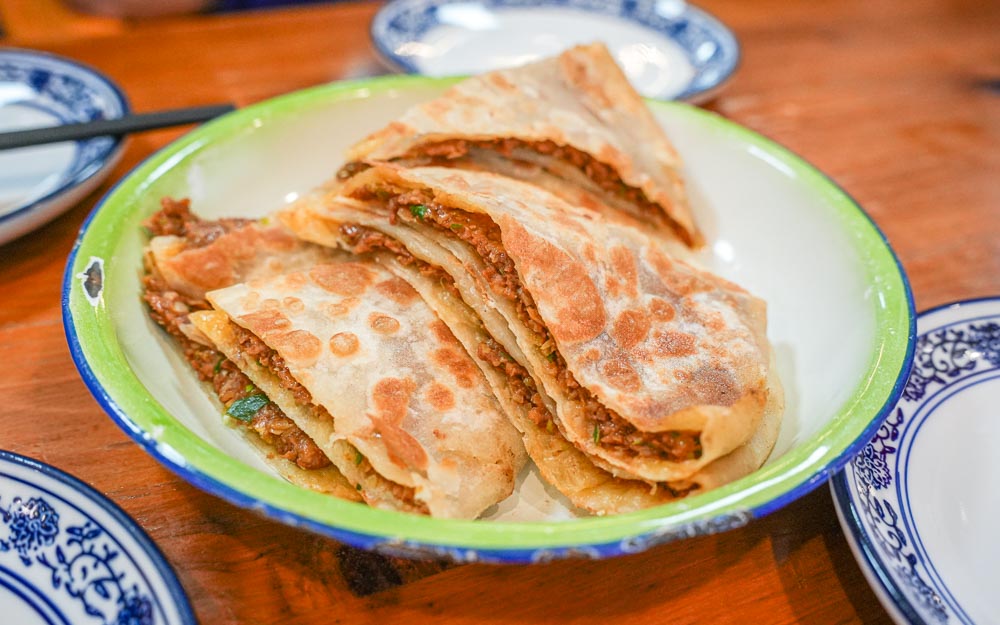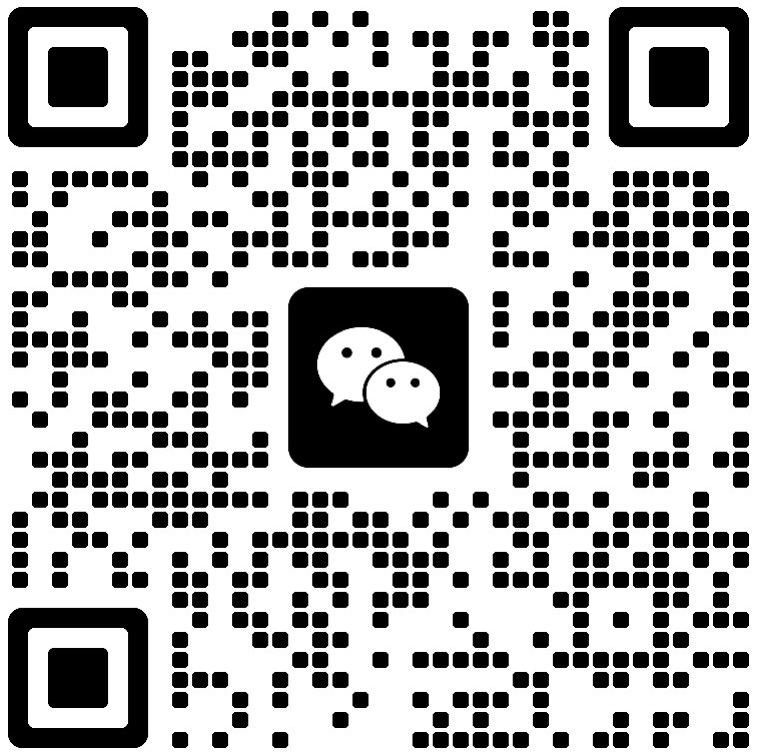Try local Han, Mongol, and Muslim cuisines (plus more!) at Beijing’s most authentic restaurants. This top-rated walking food tour will explore the historic hutong alleys of Beijing while making stops at our favorite off the beaten path eateries.
6:30pm Daily
|
3.5 Hours
|
Walking Tour

